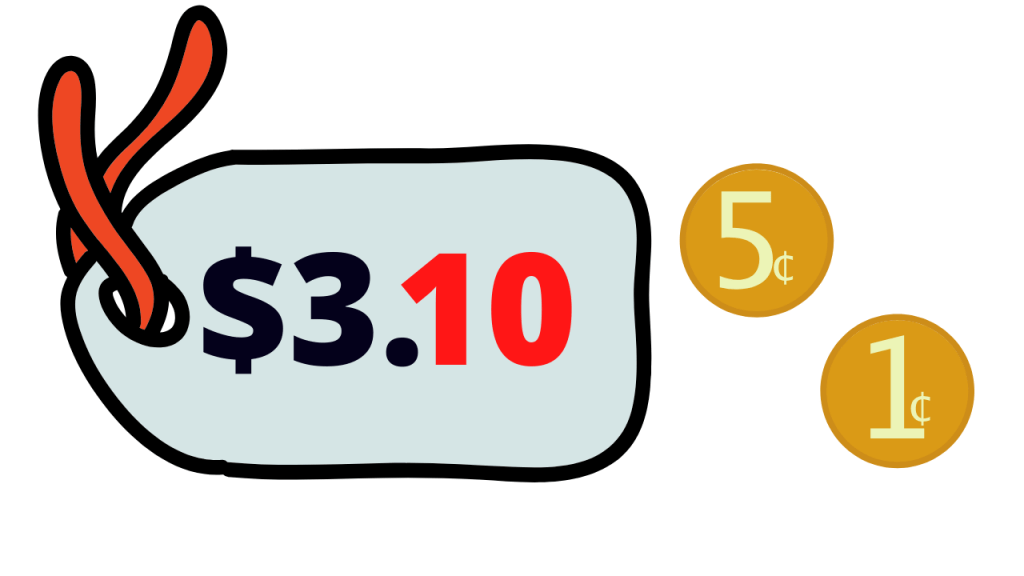Lesson 4: Money operations and tax
The word “dollar” is rather old and is a modified version of the word “thaler”. Thaler is what coins were called back in 1519 in Chech Republic. Later on, the English version of the name (dollar) was also applied to similar coins. Not only ones minted in central Europe but also the Spanish or Portuguese money. The Spanish peso or dollar were widely used in Britain’s North American colonies because of a shortage of official British coins.
So, after the United States became independent, “dollar” was chosen as the name of its currency instead of keeping the British pound. There are many different theories regarding the origin of the symbol used to represent a dollar ($).
What You Will Learn In This Lesson
In this lesson, you will explore the concept of money, focusing specifically on dollars and cents.
You will learn that 1 dollar is equivalent to 100 cents, which allows for the expression of cents as fractions or decimals. For example, 5 cents can be represented as $0.05. This lesson will cover fundamental arithmetic operations involving money, such as addition, subtraction, multiplication, and division.
You will have the opportunity to practice these operations through practical examples. For instance, consider two items: one priced at $2.50 and the other at $3.14. To determine the total cost of both items, you will add the dollar amounts and the cents separately. First, you add the dollar amounts: – $2 (from the first item) + $3 (from the second item) equals $5. Next, you address the cents: – 50 cents (from the first item) plus 14 cents (from the second item) equals 64 cents. When you combine these totals, you conclude that the total cost for both items is $5.64.
This lesson will enhance your understanding of managing money in everyday scenarios, equipping you with essential skills for practical financial transactions.

This lesson emphasizes the importance of grouping digits according to their place values, which significantly enhances the efficiency of performing monetary calculations without the use of a calculator. By mastering this technique, individuals can quickly and accurately process numbers related to transactions.
Additionally, the lesson delves into the concept of sales tax—an essential factor in budgeting and financial planning. It explains how to calculate sales tax when making purchases to arrive at the total amount owed. Sales tax is a government-imposed levy that customers pay on top of the actual price of an item, which can vary based on location and type of product. In some countries, the sales tax is incorporated into the displayed price, allowing customers to know the total cost upfront. However, in other regions, the tax must be calculated separately and added during the checkout process, which can affect budgeting strategies.
Understanding how to account for sales tax is vital for making informed purchasing decisions and managing finances effectively.
Grade 5 Money Quiz
